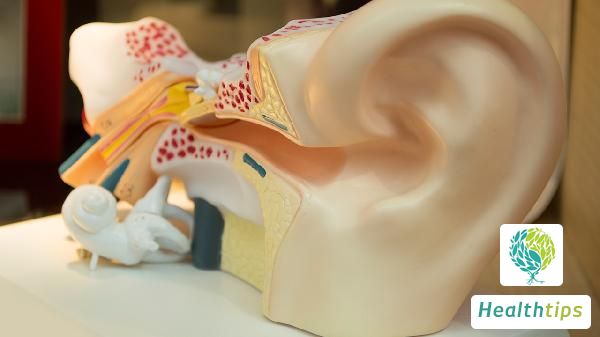What is the Purpose of Using Cardiac Glycosides for Treatment?
Cardiac Glycosides in the Treatment of Heart Failure and Contractile Dysfunction

Cardiac glycosides are used to treat heart failure and contractile dysfunction, as well as exert effects on the nervous system. For patients with heart failure, they have diuretic and vasoconstrictive effects on smooth muscle. However, cardiac glycosides can cause arrhythmias, gastrointestinal reactions, and certain side effects on the eyes, so they are generally used in small doses.
1. They are mainly used to treat heart failure, especially contractile dysfunction.
2. They can antagonize the vagus nerve and be used clinically to treat some tachycardias, especially atrial fibrillation, atrial flutter, and even sinus tachycardia complicated with heart failure.
3. Their effects on the heart include positive inotropic effects and negative chronotropic effects, which slow down the heart rate.
4. In terms of their effects on the neuroendocrine system, cardiac glycosides can stimulate the vomiting center in the brain to cause vomiting.
5. Cardiac glycosides have a significant diuretic effect on patients with heart failure.
6. Cardiac glycosides also have a vasoconstrictive effect on smooth muscle, increasing peripheral vascular resistance.
The main side effects of cardiac glycosides include the following aspects:
1. They can cause various arrhythmias, including ventricular premature contractions, paroxysmal supraventricular tachycardia, and atrioventricular block.
2. Side effects on the eyes can include xanthopsia or cyanopsia, which manifest as seeing things with a yellow or green tint.
3. Gastrointestinal reactions can occur, such as nausea and vomiting.



















